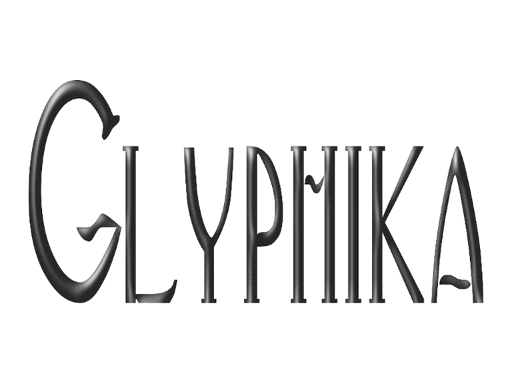Consider these Egyptian Scribes and what they are holding!
Those pens were cut reeds. I'm not sure actually which species having seen claims for two or three different types of reeds. Before metal styluses were used the humble reed was cut and trimmed to dip into inkpots.
Possibly trimmed but not split. Some palaeographers have speculated that the ancient scribes of Egypt retained the pith inside the reeds and used that absorbent pith as a "reservoir" to hold ink and apply it somewhat in the same way a modern felt tip pen does.
Jewish scribes doing hand written copies of the Torah refer to the pen as a Qulmus even when using metal and Q-L-M Qalam is the Arabic equivalent. Kalamos is Greek. The Archaic term Haulm used for reedstalks in English is related too.
By the way you may see some bamboo pens called bamboo reed pens. Bamboo does make a great pen but it is NOT a reed. Bamboo is a giant grass! The Egyptians did not have bamboo. They probably didnt use pappyrus stalks for the reed pens since the papyrus were far more useful allowed to grow tall and thick for paper and other materials.
A final moment of Pen trivia. I've studied ancient art and I think the Egyptians were the first to depict scribes in sculpture and painting before the Greeks or Chinese.




